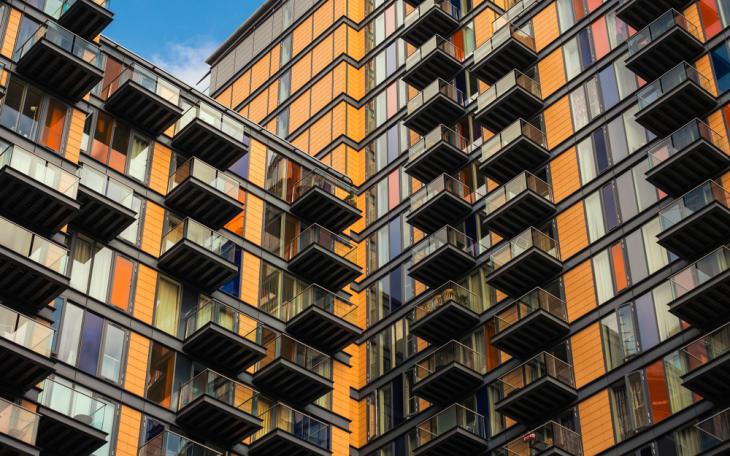Why should we care about BTR?

Build to Rent property, a relatively new product for the UK market, has received an unusual amount of media attention over the past few months.
According to a CBRE report, banks, property funds and other institutional investors poured a record £4.1b into the sector in 2021, with over half of the sum channelled into BTR in Q4 2021 alone.
There are several reasons that make BTR particularly appealing for investors. Firstly, the UK is notorious for its acute housing shortage, which results in higher volumes of people competing for existing homes, whether to buy or rent. That in turn, results in inflated selling and sometimes, rental prices, as desperate home seekers try to outbid one another. Clearly, more housing needs to be available to satisfy demand, and this is where BTR comes into play.
Secondly, rising interest rates, inflation and utility bill costs are making it harder for first-time buyers to afford mortgage repayments, often reducing their chances of getting on the property ladder. In the meantime, as a large proportion of people have been called back into the office, accessibility and travel time to London can’t be ignored. Consequently, homes in commuter towns and the capital are back in vogue, but there are simply too few and they’re too expensive for the average first-time buyer.
Worth noting is that BTR is not confined to large cities, like London, Manchester and Liverpool and is no longer solely about apartments in sky-high towers. In fact, there has been more investment in suburban areas, with an increasing number of single-family schemes springing up across the country.
The proliferation of BTR developments across the UK has been a cause for concern for private buy-to-let investors, finding it increasingly difficult to operate in the current climate. Investment property is now subject to a three percent stamp duty surcharge and landlords are no longer able to fully offset mortgage interest payments against income tax on rent, in addition to higher capital gains tax bills compared with other investors when they sell.
Furthermore, it’s hard to compete with developers backed by institutional capital, whose schemes often feature elaborately designed communal areas, fitness facilities, and car parking. In addition, a lot of the BTR apartments are marketed as pet-friendly, which, given the rise in pet ownership during the pandemic, is another key consideration for would-be occupiers. Previously forced to comply with the rules imposed by the property owner to secure a roof over their heads, renters no longer need to compromise as long as they’re prepared to part with a slightly higher sum.
What does all that mean for the end user?
As it stands, BTR provides people with more choice, and the rise in investment into this sector simply means more competition. In classical economic thought, competition pushes firms/service providers to innovate to provide consumers with better products, which should, in turn, drive down prices. With that in mind, we should be welcoming new entrants into the market with open arms, hoping they would bring genuine variety of product and services, as well as competitively priced rents. Whether that will materialise, only time will show.









